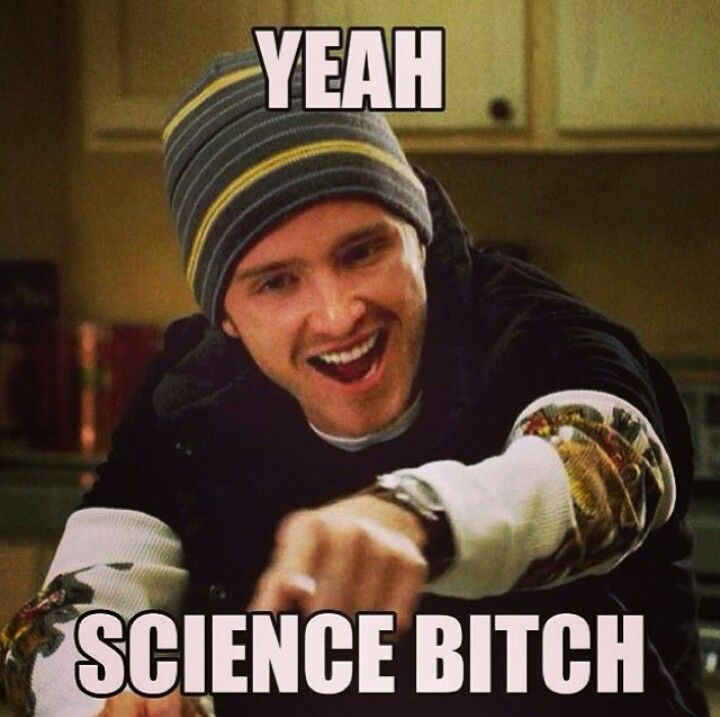Understanding DNA and Gender: The Science Behind Transitioning
Written on
The Complexity of Science and Gender Identity
In discussions across the internet, I often encounter individuals claiming that DNA cannot be altered, which they believe has significant implications. However, these assertions typically come from non-experts attempting to undermine the identities of those they do not understand. I don’t profess to know everything, but I am committed to researching topics that pique my curiosity rather than resorting to dismissive comments about them. It’s a common human behavior to seek understanding, rather than quickly hurling insults to mask one’s own insecurities.
Speaking of genetics, let’s return to the main topic: the science of DNA. Some individuals, armed with a few scientific terms, assert that transgender individuals cannot be recognized as their true gender due to their DNA. This perspective disregards the complexities of genetics. Science, unlike the shallow understanding some possess, is a vast and intricate field.
I decided to consult Google regarding whether DNA can be altered, particularly through a procedure like a bone marrow transplant. I came across insights from The Tech Museum of Innovation, specifically an article by Dr. Azita Alizadeh from Stanford's Genetics Department. Her expertise certainly carries more weight than the opinions of random internet users.
Dr. Alizadeh explains, “A bone marrow transplant turns the patient into a chimera. What I mean is that the DNA in their blood is different than the DNA in the rest of their cells.” This means that a bone marrow transplant results in an individual possessing two distinct sets of DNA, indicating a change. Intriguing, isn’t it? Let’s explore further to see if there are other ways DNA might be modified.
Upon further inquiry, I discovered numerous references to “epigenetics,” which examines how environmental factors can influence gene expression. While I don’t claim to be a scientist (unlike many who falsely present themselves as such), I found a New York Times article discussing how physical activity can impact one’s DNA. Fascinating stuff, albeit complex. My aim isn't to deny anyone’s existence by misapplying scientific principles; rather, I assert that science evolves in response to observations. This sentiment echoes Tim Minchin’s assertion, which I wholeheartedly agree with.
Science, akin to DNA, is not static; it transforms over time. We could be on the cusp of a future where genetic therapies allow for the alteration of sex chromosomes, enabling a trans individual’s transition to incorporate such changes. While this is merely speculative, I have visited genetic research facilities with my son, who aspires to become a geneticist, and I’ve seen the groundbreaking work being conducted. To dismiss the potential discoveries in this field is to fundamentally misunderstand the nature of scientific inquiry.
A Side Note on Skepticism and Inquiry
Recently, I encountered two individuals in my previous post, "The Continuing Failure of the Transgender Thought Experiment." Let’s call them the Skeptic and the Seeker.
The Skeptic believes in a universe defined by absolutes, which he meticulously outlines. Anything deviating from his definitions is deemed false. Although he presents his arguments with a calm demeanor, his reasoning is fundamentally flawed. He concedes that I am “free to have your hair however you want, to dress however you want, to behave however you want.”
How gracious of him!
He concludes with the misguided notion that makeup isn't exclusively for women, implying that if my desire were simply to wear dresses and cosmetics, I wouldn’t need to undergo medical transition to alleviate gender dysphoria, which professionals have successfully treated. It’s worth noting that I seldom wear dresses or makeup.
On the other hand, the Seeker merely seeks clarification on how people can transition their sex. He approached me, a casual blogger sharing my thoughts, asking for a scientific explanation. In response, I suggested he utilize the plethora of information available online. Instead of addressing my suggestion, he aligned himself with the Skeptic, and they agreed that men are men and women are women. Their definitions of gender diverged; the Skeptic clung to binary biology while the Seeker leaned towards social roles.
Neither of them is a scientist—one assists individuals in improving their resumes and the other was a teacher, but not of science. Thus, these two non-experts made unfounded scientific claims without any citations, all while enjoying a martini and offering unsolicited advice on my appearance.
Next time someone asserts that science backs their claims, challenge them for evidence. They might not be as informed as they believe.
Chapter 1: The Role of Genetics in Gender Identity

Section 1.1: Understanding the Science Behind Gender
The intersection of genetics and gender identity is often misunderstood.
In this video titled "Science Bitch! Learn English with Breaking Bad," we explore the nuances of terminology and meaning in scientific discussions.
Subsection 1.1.1: The Evolution of Scientific Understanding
Science is not fixed; it adapts as new discoveries emerge.
Section 1.2: The Importance of Research and Inquiry
Engaging with scientific literature is crucial for understanding complex topics.
Chapter 2: Engaging with Skepticism
The second video, "Complete Jesse Pinkman 'BITCH' Montage," humorously highlights the use of language, reflecting on how terminology shapes our understanding.